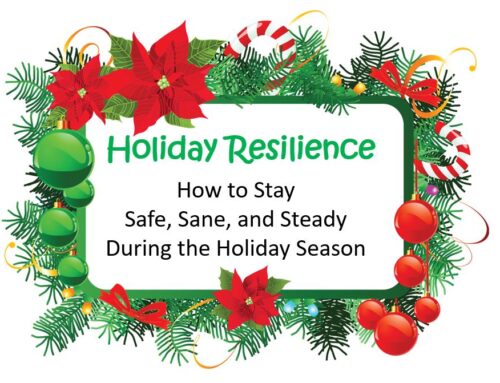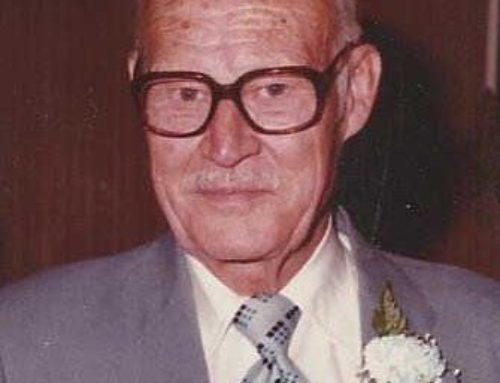Statistically today, 3 in 10 marriages remain healthy and happy, according to “The Science of Happily Ever After” by Ty Tashiro. So what’s happening in the other 7?
How do you safeguard and sustain a healthy partnership? And what is the number one factor that most brings down a relationship?
In the 70’s, a significant shift occurred in our culture. Married couples were divorcing at alarming rates. I recall in my own private practice that began in 1982 saying to several colleagues, “The children of these folks that I’m seeing for couples counseling right now will be in my office in several decades.” And I was sadly right.
Over the past four decades, researchers have studied couples’ interactions to determine what elements are necessary for a healthy, lasting relationship.
Dr John Gottman, a relationship expert considered to be one of the ten most influential therapists of the past century studied couples he designated as masters or disasters. After six years, the couples he studied were still happily married (masters) or they were separated or chronically unhappy (disasters).
He found that the masters had a pattern of scanning their social environment for elements for which they were appreciative and grateful. They built a relational culture of appreciation. In contrast, the disasters focused on their partner’s mistakes, creating an atmosphere of criticism.
The #1 Ingredient for Relationship Disasters
Gottman’s research found that the number one factor that damaged relationships was contempt.
The second most damaging ingredient was giving a partner the cold shoulder. This creates feelings of being invisible and devalued.
The #1 Ingredient for Relationship Masters
The most important predictor of stable and satisfying relationship was discovered to be kindness, along with emotional stability. Kindness generates care, understanding, and feelings of being loved.
Though conflict is the most difficult time in which to be kind, it is also the most important sustainer for long lasting relationships.
Kindness is not the omission of anger. Rather anger is expressed as the overlay of the deeper experience of hurt, disappointment, or loss. I often will say to couples, “When your partner is expressing anger, remember that what s/he is really telling you about is that s/he is in pain.”
Kindness also includes a couple’s ability to share and affirm good news. This strengthens the experience of shared partnership.
Interestingly, his research also showed that the levels of satisfaction drop dramatically within the first few years of marriage. Seldom are couples told in pre-marital counseling to anticipate being disappointed. Disappointment is inevitable as people move beyond the initial idealization that occurs in romantic relationships. Best be prepared and anticipate how you’re going to navigate that transition.
Ultimately, it is the foundation of respect, trust, and love – expressed in kindness and shared joy – that strengthens the bond of marriage and allows couples to weather the storms and disappointments.







I love the final paragraph…marriage is the foundation of respect, trust, and love-expressed in kindness and shared joy-that strengthens the bond of marriage, and allows couples to weather the storms and disappointments. Maybe that applies to serious relationships as well. I experienced a setback recently (lost my job, home, and even my vehicle), but Eva has stayed by my side with love and support. It has strengthened our bond, and actually has brought us closer. It has put many things that I had taken for granted, back to the point that I will now cherish and appreciate. Now, I am beginning to make my comeback. Eva’s kindness is a Godsend. “Kindness generates care, understanding and feelings of being loved.”
Thank you, Terry. It has been a long haul for you; so glad you have such a wonderful partner.